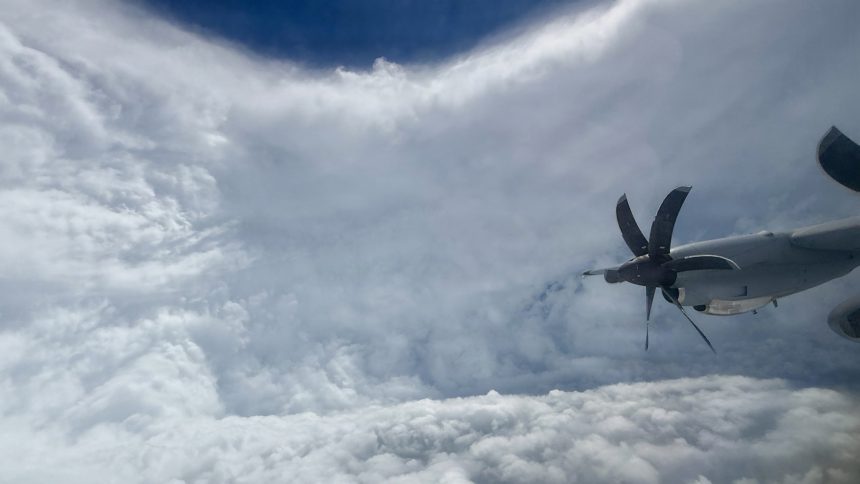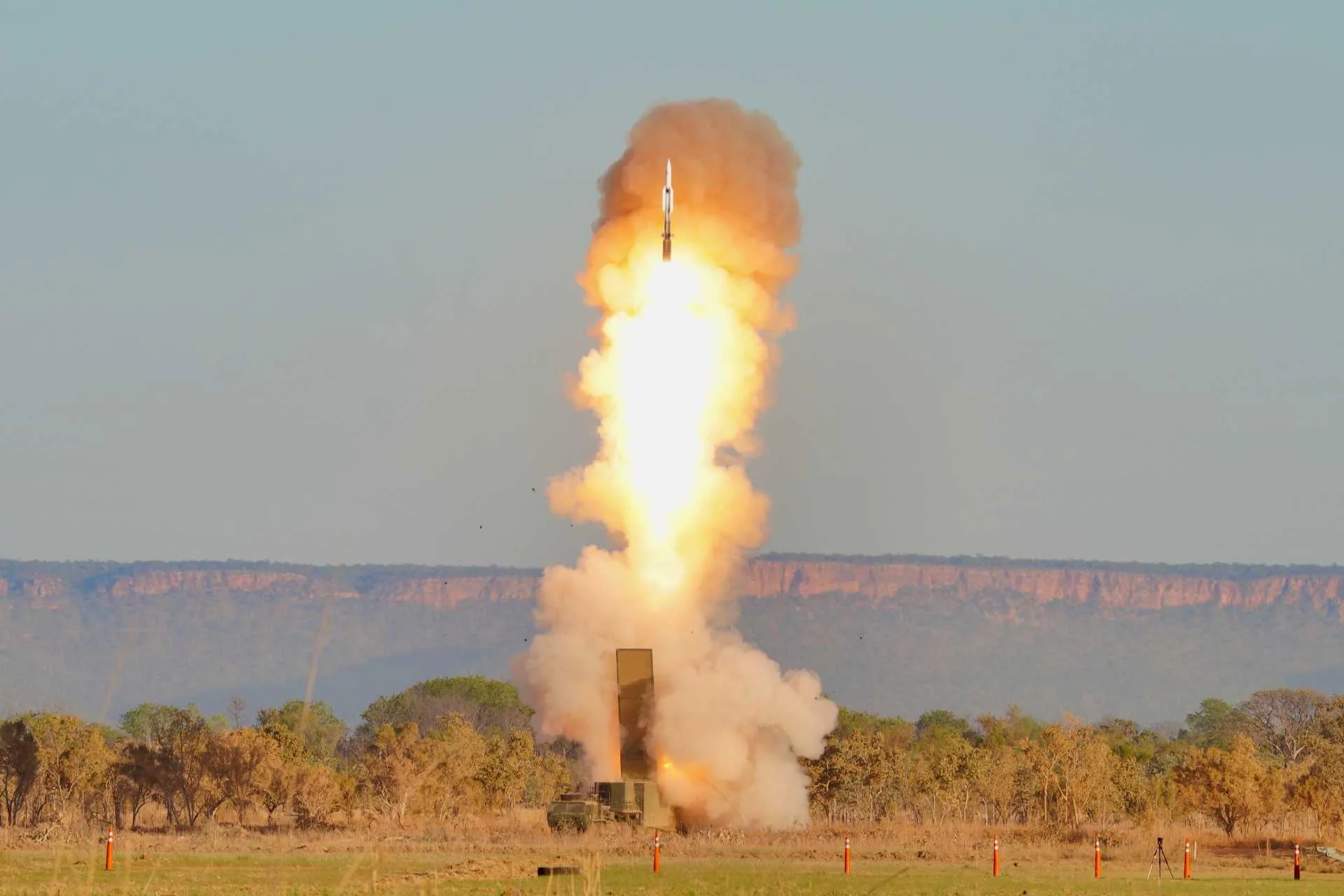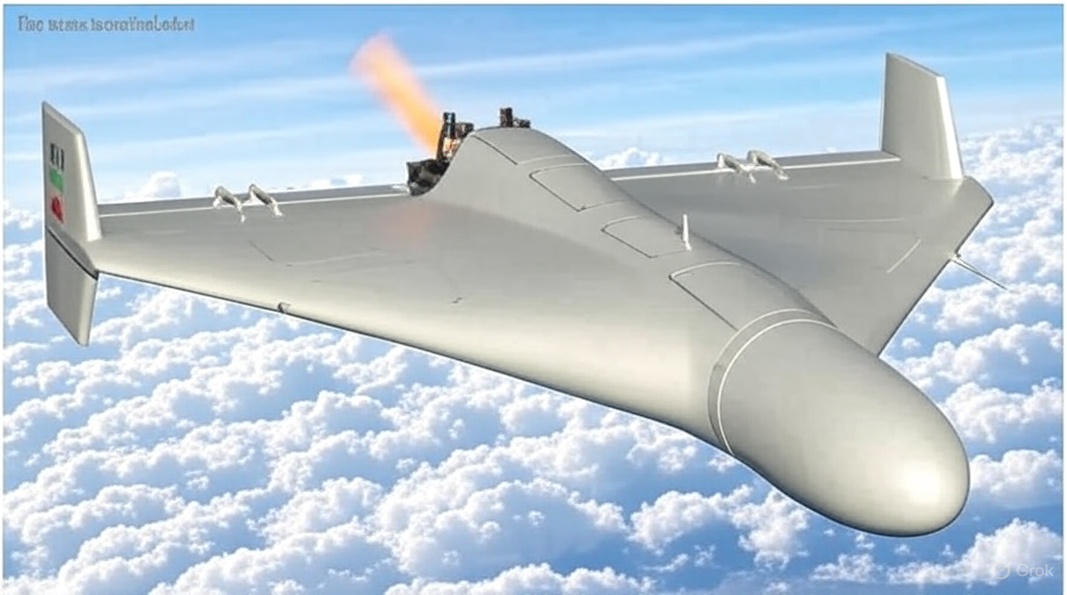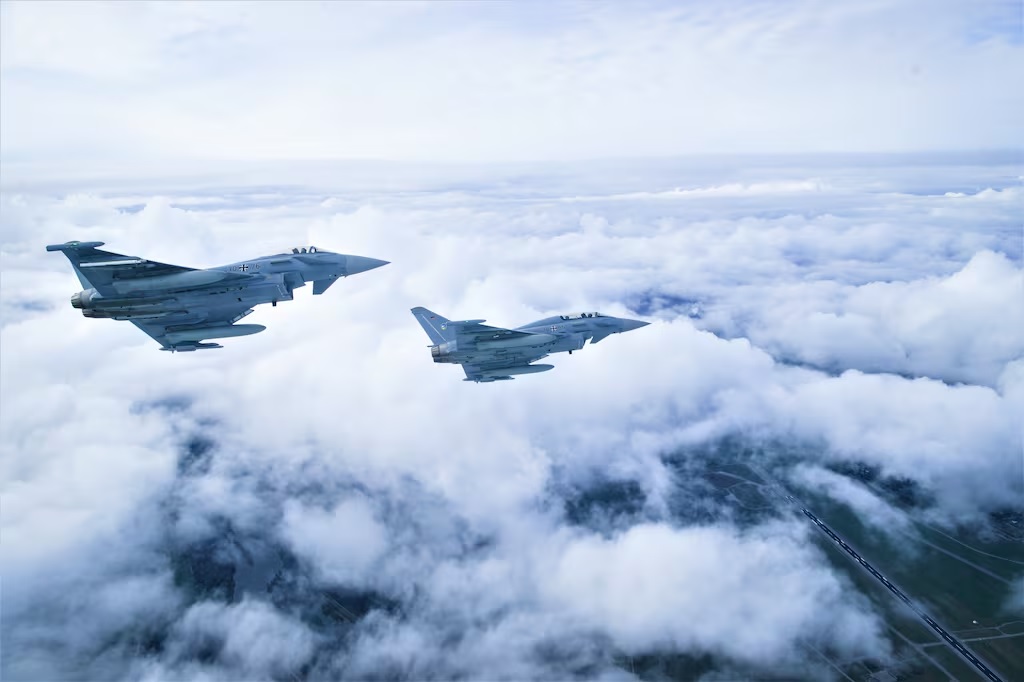In the relentless dance between humanity and nature’s raw power, few efforts are as vital and awe-inspiring as the work of the Hurricane Hunters. These brave aircrews, flying specialized aircraft directly into the heart of some of the planet’s most ferocious storms, provide indispensable data that underpins our ability to forecast hurricanes and protect coastal communities. Their missions are a testament to human courage and technological ingenuity. Yet, even these titans of atmospheric reconnaissance occasionally face situations where the risks outweigh the rewards, prompting the difficult but necessary decision to stand down. Such was the case recently with Hurricane Melissa, a storm that, despite its somewhat modest initial appearance, forced the venerable Hurricane Hunters to scrub their critical missions.
Before delving into Melissa’s unexpected impact, it’s crucial to appreciate the monumental task undertaken by the Hurricane Hunters. Comprising units from both the National Oceanic and Atmospheric Administration (NOAA) and the U.S. Air Force Reserve, these dedicated professionals fly modified aircraft like the WC-130J Super Hercules and the WP-3D Orion “Orion Hunter” directly into the swirling eyewall of hurricanes. Their goal isn’t just a thrill ride; it’s to gather precise, real-time data on atmospheric pressure, wind speed, temperature, and humidity – parameters that cannot be accurately obtained by satellites alone.
This “ground truth” data is then fed into complex supercomputer models, dramatically improving the accuracy of hurricane track and intensity forecasts. Without their perilous flights, forecast models would be significantly less reliable, potentially leading to inadequate warnings, insufficient evacuations, and ultimately, greater loss of life and property. Their commitment often means flying in conditions that would send any other aircraft scurrying for cover, enduring violent turbulence, extreme updrafts and downdrafts, and the terrifying spectacle of the storm’s core.
Hurricane Melissa, while not reaching the catastrophic intensity of some of the Atlantic’s most infamous storms, presented a unique set of challenges that led to the grounding of reconnaissance flights. Often, the decision to scrub a mission isn’t just about the peak wind speeds of a hurricane, but a complex interplay of factors including: storm structure and organization; location and accessibility; aircraft and crew availability; turbulence and icing potential; and comprehensive “what if” scenarios and risk assessment.
Sometimes, even a weaker storm can have a highly disorganized or rapidly changing structure, making it incredibly difficult and dangerous to navigate safely. Intense shear, rapid intensification, or sudden changes in direction can create unpredictable and perilous conditions for aircraft. Storms that form or track far out in the open ocean can present logistical hurdles. The endurance of reconnaissance aircraft, while impressive, is not limitless. Reaching a distant storm, conducting a full mission, and returning safely requires careful planning and sufficient fuel reserves. If a storm moves too far or too rapidly, it can push the operational limits of the aircraft.
While the Hurricane Hunters are incredibly dedicated, their resources are finite. Aircraft require regular maintenance, and crews adhere to strict flight hour limitations for safety. If multiple storms are active, or if specific aircraft are undergoing maintenance, it can impact the ability to cover every system. Beyond raw wind speed, the severity of turbulence and the potential for icing at flight altitudes are major concerns. Severe turbulence can exert tremendous stress on an aircraft’s airframe and make it impossible for crew members to perform their tasks. Icing can drastically alter an aircraft’s aerodynamic properties and lead to engine issues.
Ultimately, every mission involves a meticulous risk assessment. Flight directors and mission planners constantly weigh the value of the data to be gained against the potential hazards to the aircraft and crew. If the forecast indicates an elevated risk of structural damage, systems failure, or incapacitation of the crew due to extreme conditions, the prudent decision is to stand down.
For Melissa, it’s plausible that a combination of these factors came into play. Perhaps the storm’s specific atmospheric environment generated unusually severe pockets of turbulence that were deemed too risky. Or maybe its track placed it just beyond the optimal operational range for a full and safe mission profile given prevailing conditions. The decision to scrub is never taken lightly, as it means a temporary gap in critical data. However, the safety of the highly specialized aircraft and the irreplaceable expertise of the aircrews always takes precedence.
When Hurricane Hunter missions are scrubbed, it undeniably creates a challenge for meteorologists. They must then rely more heavily on satellite imagery, remote sensing data, and numerical models without the benefit of direct, in-situ measurements. While satellite technology has advanced remarkably, there are still certain data points – particularly relating to the internal pressure and wind field close to the storm’s center – that are best captured by flying directly through the storm.
This reliance on less direct data can introduce a greater degree of uncertainty into forecasts, particularly concerning a storm’s precise intensity and its potential for rapid intensification or weakening. For coastal communities, this could mean slightly less confidence in projected landfall locations or wind speed estimations, potentially impacting evacuation orders or preparedness levels. It’s a stark reminder of just how critical those flights are, and how even a single missed mission can have downstream effects.
The decision to scrub missions for Hurricane Melissa is not a sign of weakness, but rather a testament to the professionalism and rigorous safety protocols embedded within the Hurricane Hunter operations. It underscores the profound respect these crews have for the power of nature and their unwavering commitment to safety. They push the boundaries, but they know where the line is drawn.
As hurricane seasons continue to bring forth new challenges, the Hurricane Hunters remain on standby, ready to face the wrath of the atmosphere when conditions permit. Their temporary stand-down for Melissa serves as a valuable lesson: even the most advanced technology and the bravest individuals must sometimes yield to the unpredictable forces of nature, reminding us that prudence is often the highest form of courage.




